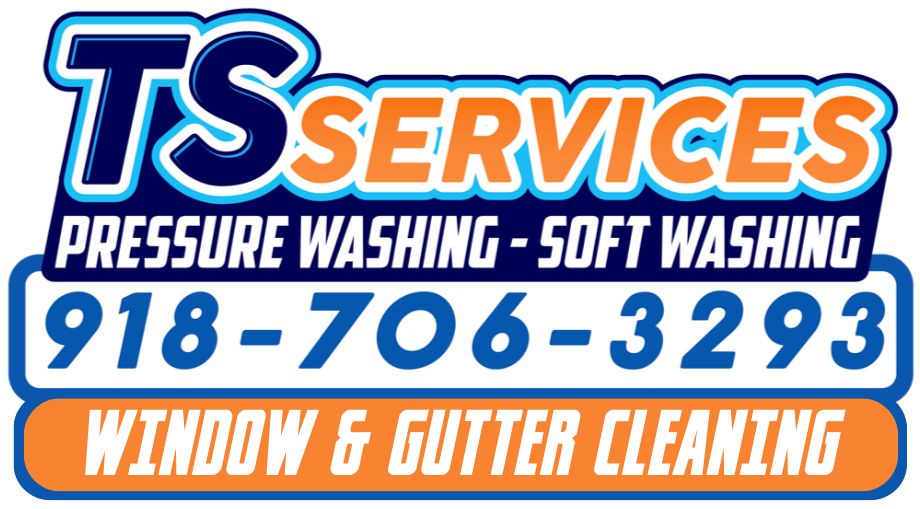Clean windows allow natural light to enter a home, enhancing the interior décor and boosting moods. They also remove unhealthy mold and allergens that affect respiratory health.
Professional window cleaners use a variety of tools and methods to clean both interior and exterior windows. They also use safety measures to prevent ladder falls, which result in thousands of injuries each year. Read on to learn more.
If you are looking for only the best in power washing & exterior cleaning, please call us today at 918-706-3293, or complete our instant quote form
Contact
Quick Links
©2024. TS Services - Professional Exterior Cleaning. All Rights Reserved.

